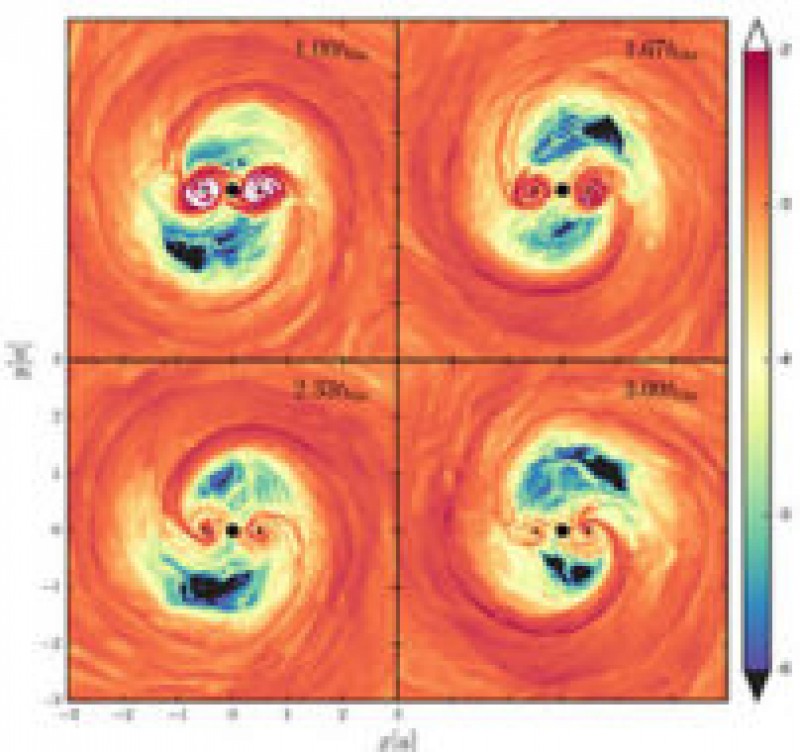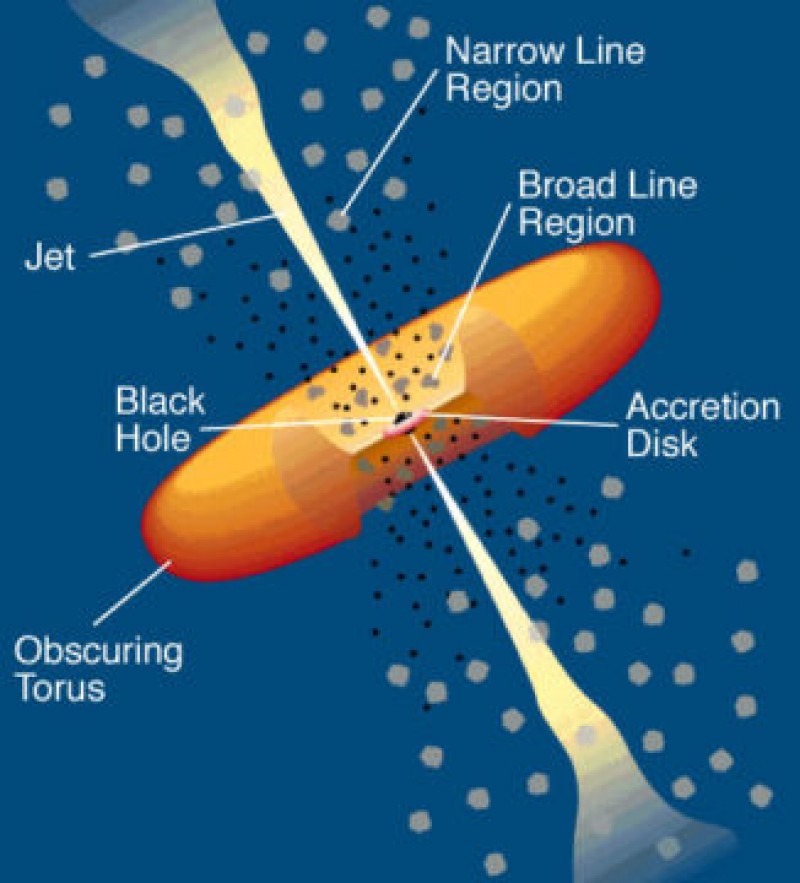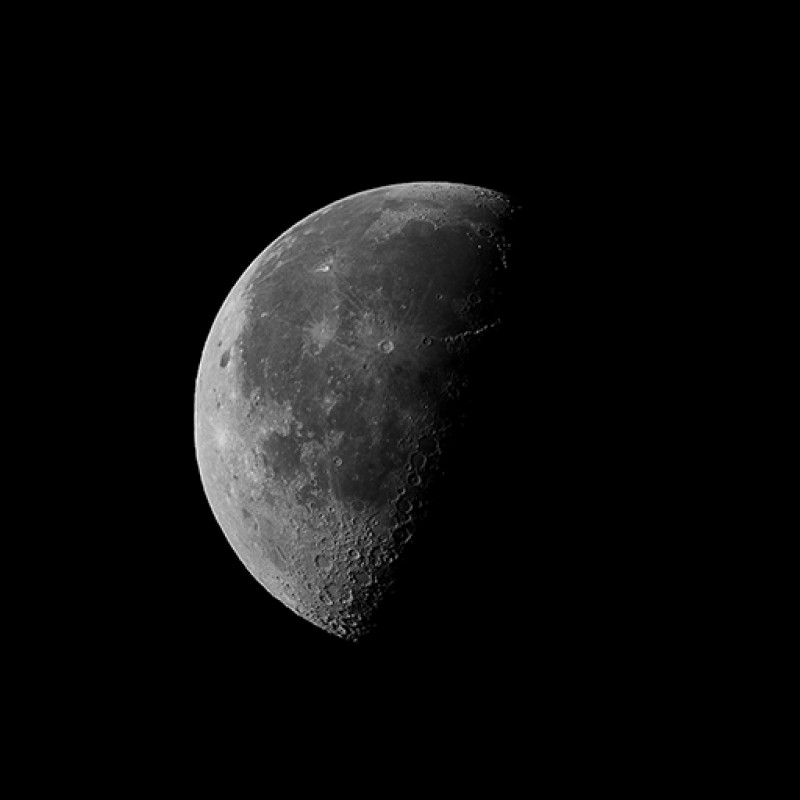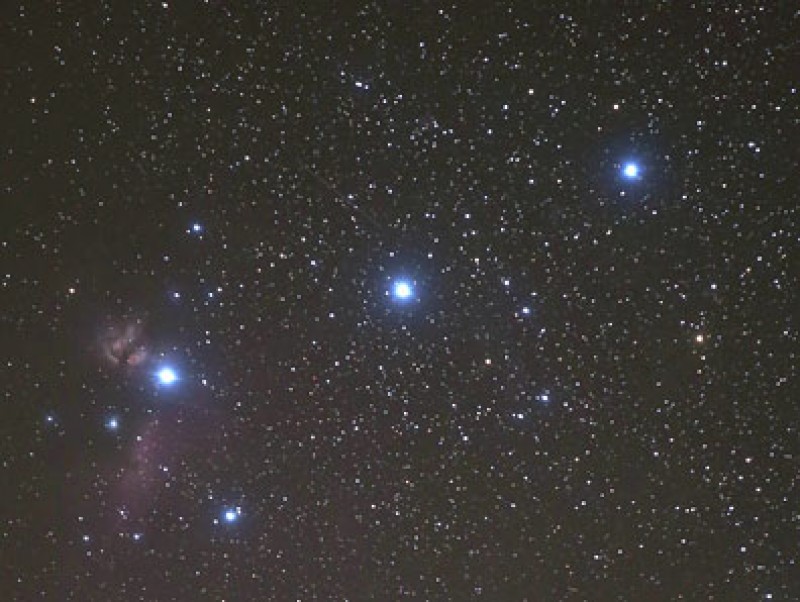Blog
Bizarre Stunted Galaxy Found in Our Own Cosmic Backyard
Thursday, March 15th 2018 09:04 PM
The odd galaxy, called NGC 1277, doesn't appear to have evolved much in the past 10 billion years, a new study reports. Learning about its history should shed light on galaxy formation and evolution in general, study team members said.
NGC 1277, which is located about 240 million light-years away from Earth, is called a "red and dead" galaxy because it doesn't have enough fuel to produce new stars. That wasn't always the case, however. Shortly after the galaxy was formed, it produced stars 1,000 times faster than they are formed today in our Milky Way, the researchers said. [Gallery: 65 All-Time Great Galaxy Hits]
Credit: M. Beasley(Instituto de Astrofisica de Canarias)/NASA/ESA
Astronomers think the key to NGC 1277's development lies in its globular clusters, which are groups of stars. Large galaxies typically have two types of clusters: metal poor, which appear blue, and metal rich, which appear red. (In astronomical parlance, a metal is any elemen...
Read More
Read More
Bizarre Stunted Galaxy Found in Our Own Cosmic Backyard
Thursday, March 15th 2018 09:04 PM
The odd galaxy, called NGC 1277, doesn't appear to have evolved much in the past 10 billion years, a new study reports. Learning about its history should shed light on galaxy formation and evolution in general, study team members said.
NGC 1277, which is located about 240 million light-years away from Earth, is called a "red and dead" galaxy because it doesn't have enough fuel to produce new stars. That wasn't always the case, however. Shortly after the galaxy was formed, it produced stars 1,000 times faster than they are formed today in our Milky Way, the researchers said. [Gallery: 65 All-Time Great Galaxy Hits]
Credit: M. Beasley(Instituto de Astrofisica de Canarias)/NASA/ESA
Astronomers think the key to NGC 1277's development lies in its globular clusters, which are groups of stars. Large galaxies typically have two types of clusters: metal poor, which appear blue, and metal rich, which appear red. (In astronomical parlance, a metal is any elemen...
Read More
Read More
Gravity Assist Podcast: Pluto, with Alan Stern
Thursday, March 15th 2018 09:00 PM
Jim Green: Just a few years ago we knew virtually nothing about Pluto, but in July 2015 New Horizons changed all that when it flew by the dwarf planet. What were the biggest surprises, Alan
Alan Stern: I think my two biggest surprises were first, just how utterly amazing Pluto turned out to be — how many different kinds of features were on the surface and even in the atmosphere. There was something for everyone. And the second amazing finding was how many members of the public really wanted to participate in it and just be a part of this exploration. We expected it would be a big response, but it was much bigger than we thought. I would say for at least a year afterwards there was this completely unparalleled public reaction that our team members would [receive when] going places; we were getting requests for literally hundreds of public presentations. We just couldn't fulfill it all.
Jim Green: I think some of that is still going on. Wh...
Read More
Read More
Gravity Assist Podcast: Venus, with David Grinspoon
Tuesday, March 6th 2018 11:12 PM
The Gravity Assist Podcast is hosted by NASA's Director of Planetary Science, Jim Green, who each week talks to some of the greatest planetary scientists on the planet, giving a guided tour through the Solar System and beyond in the process. This week, he spoke to astrobiologist and planetary scientist David Grinspoon, of the Planetary Science Institute, about the second planet from the Sun: Venus, a world with surface temperatures hot enough to melt lead. As part of the discussion, they talk about Venus' volcanoes, its clouds of sulfuric acid and its runaway greenhouse effect. Was Venus once like Earth and what clues might it provide about the future of our own planet? They also explore Venus' backward rotation and its 'forever sunsets', plus the remarkable and heroic 'Apollo 11'-like story of the Akatsuki spacecraft.
You can listen to the full podcast here, or read the transcript below.
David, you did some early work on Venus for your PhD. What was that...
Read More
Read More
Gravity Assist Podcast: Venus, with David Grinspoon
Tuesday, March 6th 2018 11:11 PM
The Gravity Assist Podcast is hosted by NASA's Director of Planetary Science, Jim Green, who each week talks to some of the greatest planetary scientists on the planet, giving a guided tour through the Solar System and beyond in the process. This week, he spoke to astrobiologist and planetary scientist David Grinspoon, of the Planetary Science Institute, about the second planet from the Sun: Venus, a world with surface temperatures hot enough to melt lead. As part of the discussion, they talk about Venus' volcanoes, its clouds of sulfuric acid and its runaway greenhouse effect. Was Venus once like Earth and what clues might it provide about the future of our own planet? They also explore Venus' backward rotation and its 'forever sunsets', plus the remarkable and heroic 'Apollo 11'-like story of the Akatsuki spacecraft.
You can listen to the full podcast here, or read the transcript below.
David, you did some early work on Venus for your PhD. What was that...
Read More
Read More
Neptune's Moon Triton 'Flashes' the Gaia Spacecraft During an Occultation
Tuesday, March 6th 2018 11:06 PM
When a moon passes in front of a star — also known an occultation — it temporarily blocks the star's light, giving researchers a unique opportunity to study the profile of the object in the foreground.
On Oct. 5, 2017, Triton passed in front of a distant star called UCAC4 410-143659, which is in the constellation of Aquarius. Using data from the Gaia spacecraft, the researchers were able to narrow down the best locations to observe this rare occultation and learn more about Triton. [Neptune's Biggest (but Odd) Moon: Triton]
The Gaia spacecraft is used to make precise measurements of the positions of more than a billion stars. In this case, the researchers wanted to pinpoint the specific path that the moon's shadow would follow as it swept across our planet. Previous observations showed that within less than 3 minutes, the occultation would first cross Europe and North Africa, before moving toward North America, according t...
Read More
Read More
60-Second Astro News: Merging Black Holes, Distant Super-Supernova, and Arecibo’s Fate
Friday, February 23rd 2018 10:04 PM
Merging Supermassive Black Holes Produce Light Signals
These panels follow two supermassive black holes at the center of a large gas disk that are on a collision course. (Time stamps in the upper right corner of each snapshot, sequence begins top left.) RIT Center for Computational Relativity and Gravitation
New high-powered simulations by Dennis Bowen (Rochester Institute of Technology) and colleagues confirm that two gargantuan black holes feed in an on-again-off-again pattern as they spiral in toward each other. Previous work showed that, when a binary supermassive black hole forms, each black hole should have its own small disk of accreting gas, fed by a larger disk that encircles the pair. A lump forms within the larger disk and links up first with one gas stream, then the other, alternately dumping gas into each mini-disk.
Previous simulations had seen this effect, but the new work, published in the January 20th Astrophysical Journal Letters, found that&nbs...
Read More
Read More
Astronomers Watch Donut Rotate Around Supermassive Black Hole
Friday, February 23rd 2018 09:24 PM
From car tires to chocolate-frosted donuts to infinity scarves, the torus is a relatively common shape in modern life. But the same can’t be said for nature, where globular shapes and thin disks are far more typical.
That’s why the torus is one of the more striking features of active galactic nuclei(AGN). In AGN supermassive black holes are gorging on gas, which heats up until it’s radiating more brightly than the entire host galaxy. But decades of indirect data show that these luminous behemoths often hide behind a fat, dusty torus. To explain observations, the torus must cover half of the AGN’s sky, which means it must be roughly as fat as it is tall — somewhere around 3 light-years for both dimensions.
Such a structure ought to collapse into a disk within 100,000 years. Instead, they apparently stick around for hundreds of millions of years — and astronomers still don’t know why.
That’s beginning to change with obse...
Read More
Read More
How to Capture the Clearest Astro Images
Thursday, February 22nd 2018 11:56 PM
A one pixel moon would hardly be satisfying.
In last month's blog I demonstrated that larger pixel scales make just about every aspect of imaging more forgiving. From that, it sure sounds like the larger the pixel scale the better. In truth, there's a battle between the benefits of a large pixel scale and a small one, because the smaller your pixel scale, the finer you can resolve your images. Thus, there is an opposing desire for as small a pixel scale as possible.
Let’s take an extreme example for illustration's sake. What if we had a humongous pixel scale, say, half a degree per pixel, and we took a photo of the Moon. You wouldn't be especially satisfied with the results!
All of the light coming from the details you might want to capture — craters, rilles, maria — would be collected in a single pixel (assuming the Moon was centered on that pixel), resulting in nothing but a big white square on the background sky. We also tend to like zooming in...
Read More
Read More
A Winter Night’s Sojourn in Orion’s Belt
Thursday, February 22nd 2018 11:53 PM
Orion's Belt, the most recognizable starry asterism in the sky, stands front and center at 8 p.m. on February evenings. Visible from virtually everywhere on Earth, the belt is everything: a naked-eye treasure, a handsome binocular sight aglitter with dozens of stars, and a rich hunting ground for telescope users.
The most famous dark nebula in the sky, the Horsehead, resides here, as do nine other nebulae, a unique star cluster, and the remarkable multiple star Sigma (σ) Orionis. Plus, one of the Belt stars is a double and the other a triple. The only thing the asterism lacks is a bright nebula or star cluster, but you can resolve that deficiency by descending 4° south to the Orion Nebula and friends.
Although the following observations were made with a 15-inch (37-cm) Dobsonian reflector, I'll note when objects can be seen in smaller instruments. Let's start with several fine double and multiple stars in order of increasing right ascension (RA). STF refers to a...
Read More
Read More





